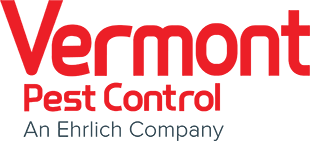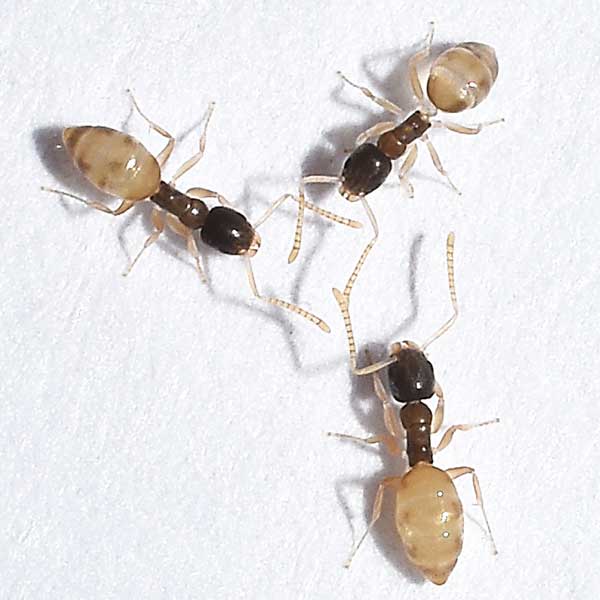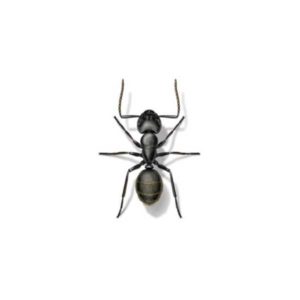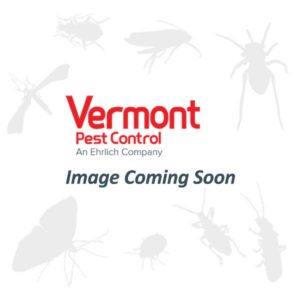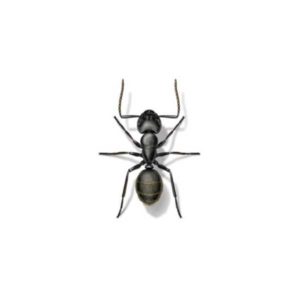Ghost Ants in Vermont
Ghost ants are a tropical and subtropical species and are common household pests. The ghost ant is susceptible to dehydration and will shrivel and die in dry climates. Favoring humid environments, they can invade homes and businesses from outside, but will also nest inside. Like odorous house ants, ghost ants also excrete a distinct coconut smell when crushed. They tend homopterans, a sucking insect, for honeydew and feed on both live and dead insects. When invading homes, foragers are seen in kitchens and bathroom sinks, counters, and floors.
Ghost Ant Habitat
Preferring humid habitats, ghost ants can live indoors and outdoors. Favorite nest locations are in the soil, rotten wood, under bark, within leaf litter, and inside plant cavities. Indoors, they nest in potted plants, bread boxes, shower curtain rods, behind baseboards, and between cabinets. Gaining access through cracks and gaps, ghost ants are found around windows, doors, and soffits. Nests outside are located in the soil next to foundations, porches, shrubs, and trees. Pool enclosures with hollow framing are also a favorite habitat. Ghost ants also gain access through homes from vegetation areas on the exterior of structures, making their way inside through tiny gaps and cracks.
Ghost Ant Behaviors, Threats, or Dangers
The ghost ant does not sting and only bites when threatened. Indoors, ant activity is generally concentrated in kitchens, although any room can become infested. These ants can be a frustrating pest when found by homeowners trailing from room to room under the edge of carpeting. In kitchens, they prefer to forage on sweets, but will also feed on grease. Colonies of ghost ants are highly mobile and frequently move from overpopulated nests, making them difficult to eradicate. If you suspect a ghost ant infestation, it is best to consult a professional ant exterminator.
Need help with Ghost Ants?
We'll call you! Leave your information below.
